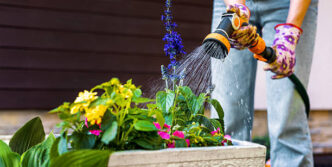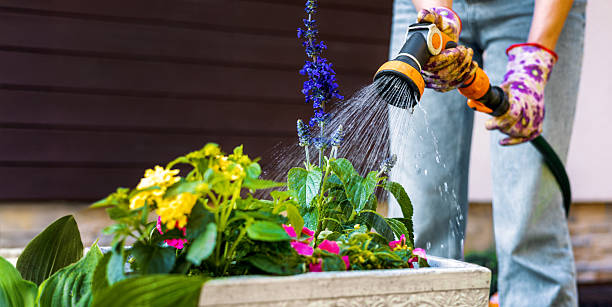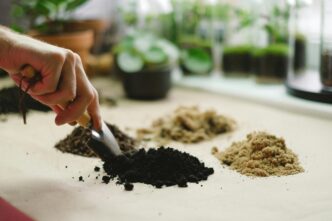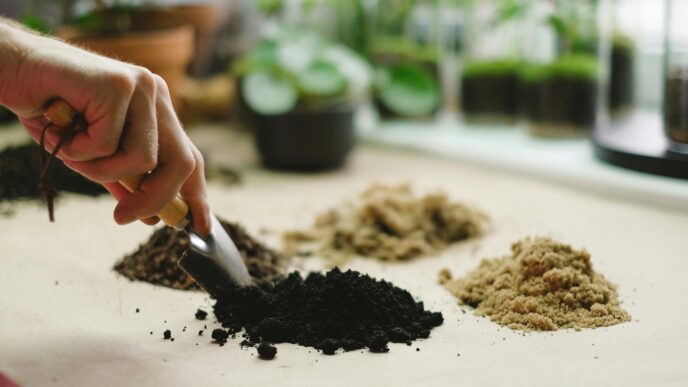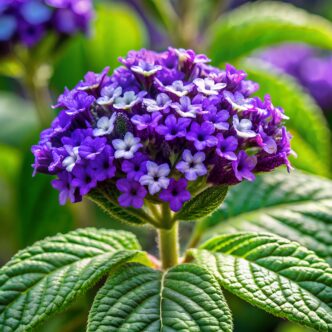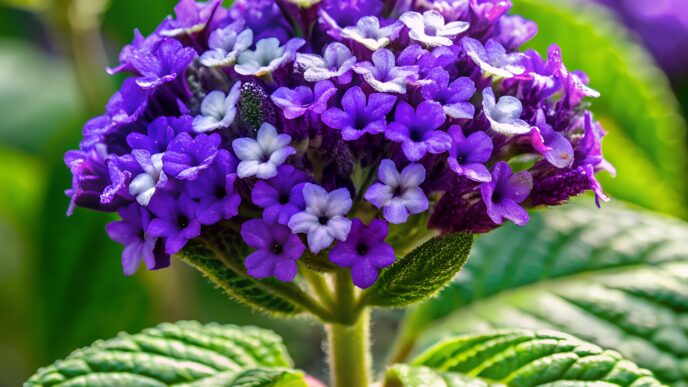Dreaming of plucking fresh, zesty lemons from your very own tree but don’t have a sprawling garden? Don’t worry—your citrus dreams can still come true! Growing a lemon tree in pots is not only possible but also incredibly rewarding. With a little care and a sunny spot, you can turn your patio or balcony into a citrus haven. Let’s dive into the nitty-gritty of growing a lemon tree in pots that will have your neighbors green with envy.
Why Choose a Lemon Tree in Pots?
Growing a lemon tree in pots is ideal for urban gardeners or those short on space. Potted lemon trees are portable, meaning you can chase the sun or protect them from frost by simply moving them around. Plus, they add a splash of greenery and a pop of color to your outdoor or indoor spaces.
Key point: Varieties like Meyer Lemon and Lisbon Lemon are perfect for pot cultivation as they stay compact and produce plenty of fruit.

Choosing the Right Pot and Soil
The first step to success is giving your lemon tree the perfect home.
- Pot Size: Start with a container that’s at least 18–24 inches wide and deep. Lemon trees need space to grow both above and below ground.
- Material: Terra-cotta pots are great for breathability, but plastic ones are lighter and easier to move.
- Drainage: Ensure your pot has drainage holes to prevent waterlogging, which can lead to root rot.
For soil, use a well-draining mix. A blend of potting soil, sand, and compost works wonders. Adding perlite or coconut coir can improve aeration.
Key point: Lemon trees hate wet feet, so drainage is crucial!
Planting Your Lemon Tree in a Pot
Once you have your pot and soil ready, it’s time to plant your citrus star.
- Fill the pot with soil, leaving enough space for the tree’s root ball.
- Place the tree in the center, ensuring the roots are well-covered but not buried too deep.
- Water thoroughly to settle the soil.
Pro tip: Add a layer of mulch on top to retain moisture and keep weeds at bay.
Sunlight and Placement: Follow the Sun
Lemon trees are sun worshippers! Place your lemon tree in pots in a spot that gets 6–8 hours of direct sunlight daily. If you’re growing it indoors, position it near a south-facing window or use grow lights to supplement.
Key point: Rotate the pot occasionally to ensure even growth and prevent lopsided foliage.
Watering: Hydration is Key
Watering a lemon tree in pots requires a balance—too much or too little can stress your tree.
- Check the soil regularly. Water only when the top 2–3 inches are dry.
- In summer, you might need to water every few days; in winter, reduce the frequency.
Overwatering is a common mistake, so ensure excess water drains out of the pot.
Pro tip: Stick your finger into the soil to test its moisture level before watering.
Feeding Your Lemon Tree: Citrus Diet
Lemon trees are hungry little things, especially when grown in pots. Feed them with a citrus-specific fertilizer every 4–6 weeks during the growing season (spring through summer). Look for one rich in nitrogen, phosphorus, and potassium, with added micronutrients like magnesium and iron.
Key point: Fertilize sparingly in fall and winter, as the tree’s growth slows during these seasons.

Pruning and Maintenance
Pruning your lemon tree in pots isn’t just about aesthetics; it helps the tree grow healthier and produce more fruit.
- Remove any dead or damaged branches.
- Trim back leggy growth to encourage a bushier shape.
- Prune suckers that sprout near the base—they steal energy from fruit production.
Pro tip: Use clean, sharp tools to avoid spreading diseases.
Overwintering Your Lemon Tree
If you live in a region with chilly winters, your lemon tree will need some TLC.
- Move the pot indoors before the first frost.
- Keep it in a cool, well-lit area, away from heating vents or drafts.
- Water sparingly but don’t let the soil dry out completely.
Key point: Gradually acclimate your tree to indoor conditions by moving it a little each day to avoid shock.
Harvesting the Fruits of Your Labor
Patience is key when growing a lemon tree in pots, but the wait is worth it. Lemons are ready to harvest when they’re bright yellow, firm, and slightly soft to the touch. Twist the fruit gently to remove it without damaging the tree.
Pro tip: The more you harvest, the more your tree will produce—so don’t be shy!
Pest and Disease Management
Potted lemon trees can occasionally attract pests like aphids, spider mites, or scale. A quick spray with insecticidal soap or neem oil usually does the trick. Keep an eye out for yellowing leaves, which may indicate nutrient deficiencies or overwatering.
Key point: Regularly inspect your tree for pests and treat problems early to keep it healthy.

The Joy of Growing a Lemon Tree in Pots
Growing a lemon tree in pots is like having a slice of sunny paradise right at home. With its cheerful fruit, fragrant blossoms, and lush green leaves, it’s a feast for the senses and a joy to care for. Whether you’re a seasoned gardener or a curious beginner, this citrus superstar will brighten your days—and your drinks! So grab a pot, some soil, and a sapling, and start your lemony adventure today. Your future self will thank you with a refreshing glass of homemade lemonade.



